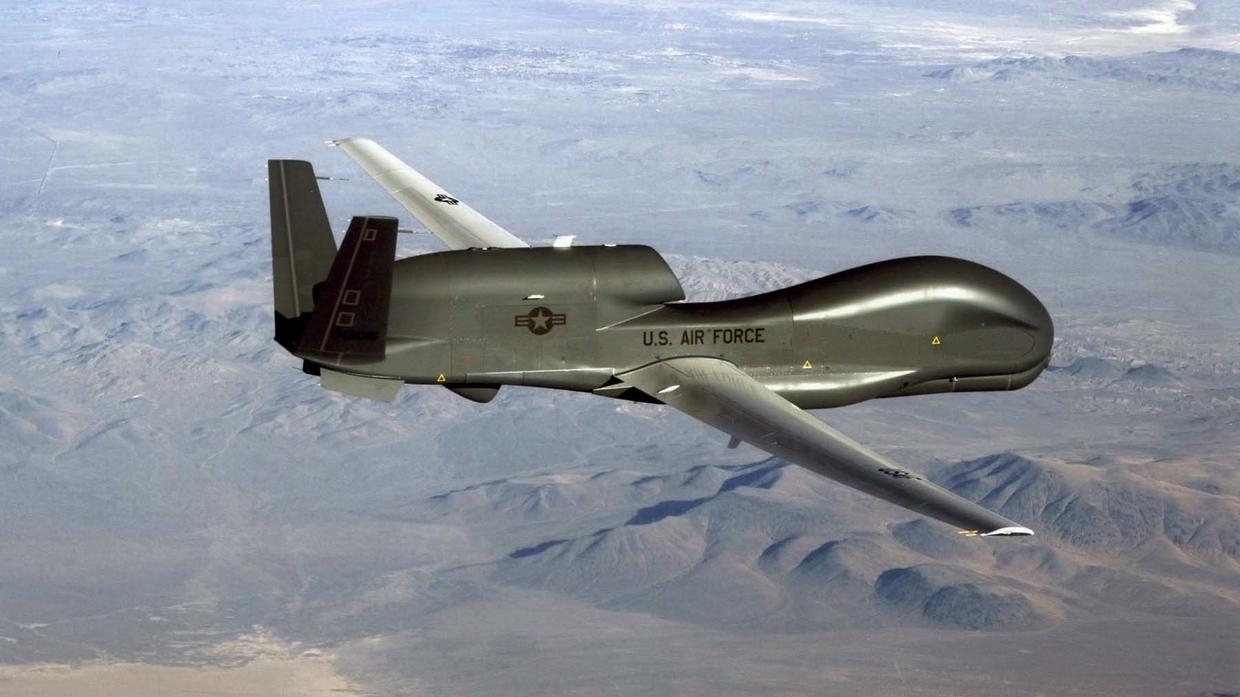RIO DE JANEIRO, BRAZIL – A dramatic US drone attack kills Iran‘s most important general. Tehran promises to retaliate, and oil prices hike by almost five percent, while traders run to cover the risk of war in the Middle East. So the wave of sales begins.

It’s a trading pattern that would have been unthinkable a decade ago, but has become increasingly common. The threat of conflict hung over the heart of the global oil market last week, but panic buying by traders and consumers was quickly matched by a wave of US shale gas companies that took the opportunity to set prices for future production.
The sudden rise in prices was mitigated and when the dust settled, the drop was accentuated.
These operations, known as hedging, combined with a strong increase of oil inventories in Asia and the rise in US oil exports, are the recipe for a market capable of quickly avoiding supply cuts that until recently were considered nightmare scenarios.
“When prices soar in reaction to geopolitical events, producers tend to invest more on hedges,” said Ed Morse, Citigroup’s global head of commodities research in New York. “The higher the price, the more they hedge,” and as a result, any increase ends up being short-lived, he explains.
WTI oil, the US benchmark, dropped to less than US$60 (R$240) a barrel when the last remnants of gains due to US President Donald Trump’s impasse with Iran disappeared. This was not just a reflection of the lowered tensions after Tehran’s retaliation for the assassination of General Qassem Soleimani failed to cause casualties for the US. It was also a demonstration of how the shale gas revolution changed the market psychology.

On the same day that US missiles killed Iran’s most important military leader near Baghdad airport, the US Energy Information Administration announced record net exports of 1.73 million barrels per day. This is a historic shift for a country that, a decade ago, was one of the world’s major importers and shaped the way the market responded to a crisis.
The shale gas boom that triggered this change was led by a plethora of independent explorers less able to absorb the financial impact of price swings than giants like Exxon Mobil or Royal Dutch Shell. Unlike the era dominated by the big oil companies, today any oil rally finds a natural seller, as smaller companies minimize their risks by hedging.
Oil prices are at the “ideal point” for many US producers, RBC Capital Markets analysts like Michael Tran wrote in a note. Many of them were hoping for a chance to set WTI prices for 2020 at US$60 a barrel, a level that was reached after Soleimani’s assassination.
Occidental Petroleum, one of the largest drilling companies in the prolific Permian Basin in Texas and New Mexico, disclosed this week that it increased its production hedge for 2020 from 300,000 to 350,000 barrels per day with the help of Wall Street banks.
“Hedge activity has been strong in recent weeks,” RBC said. “Volumes will only increase because the price rally coincides with improved liquidity” due to the end of the holiday season.
Source: InfoMoney

